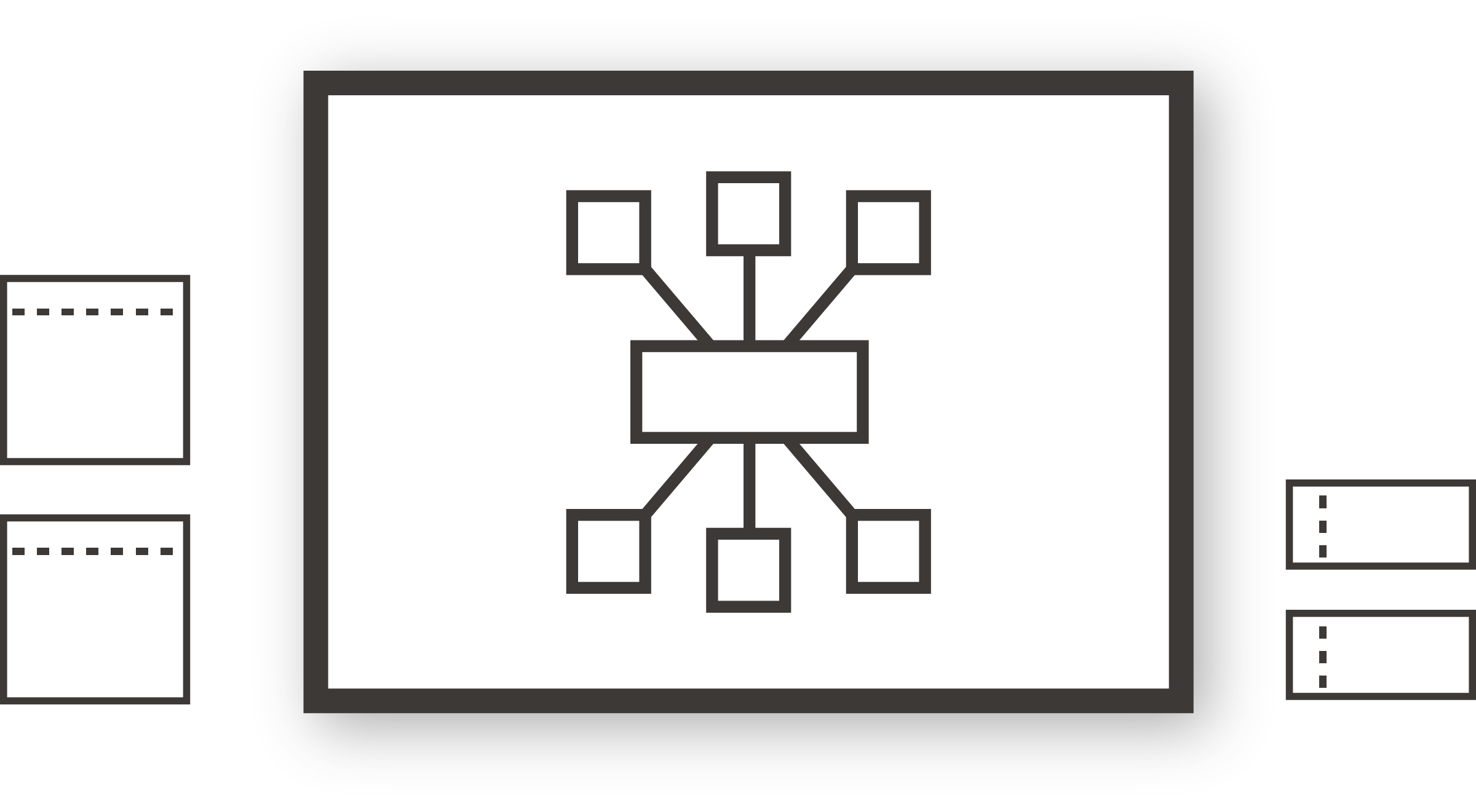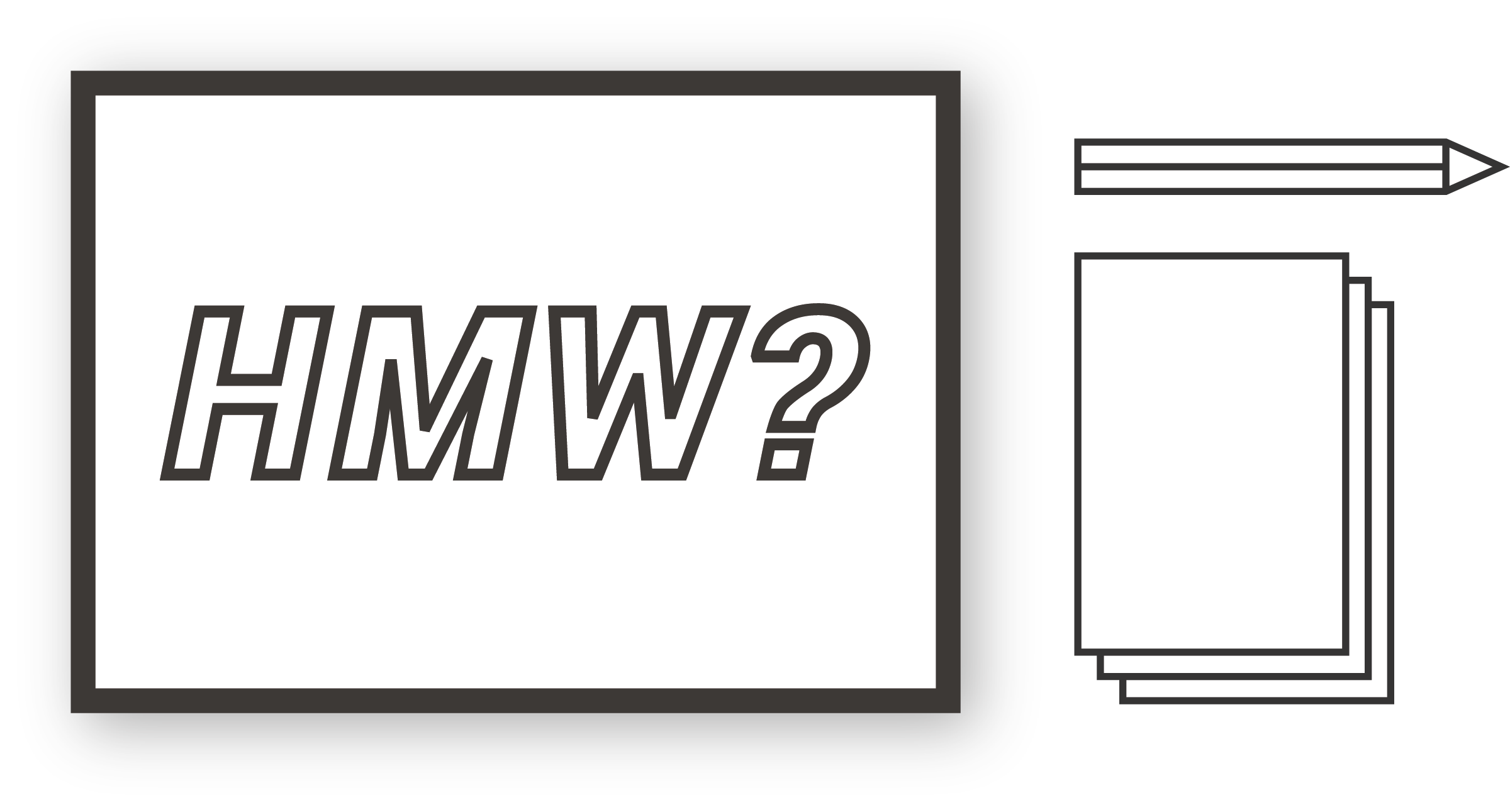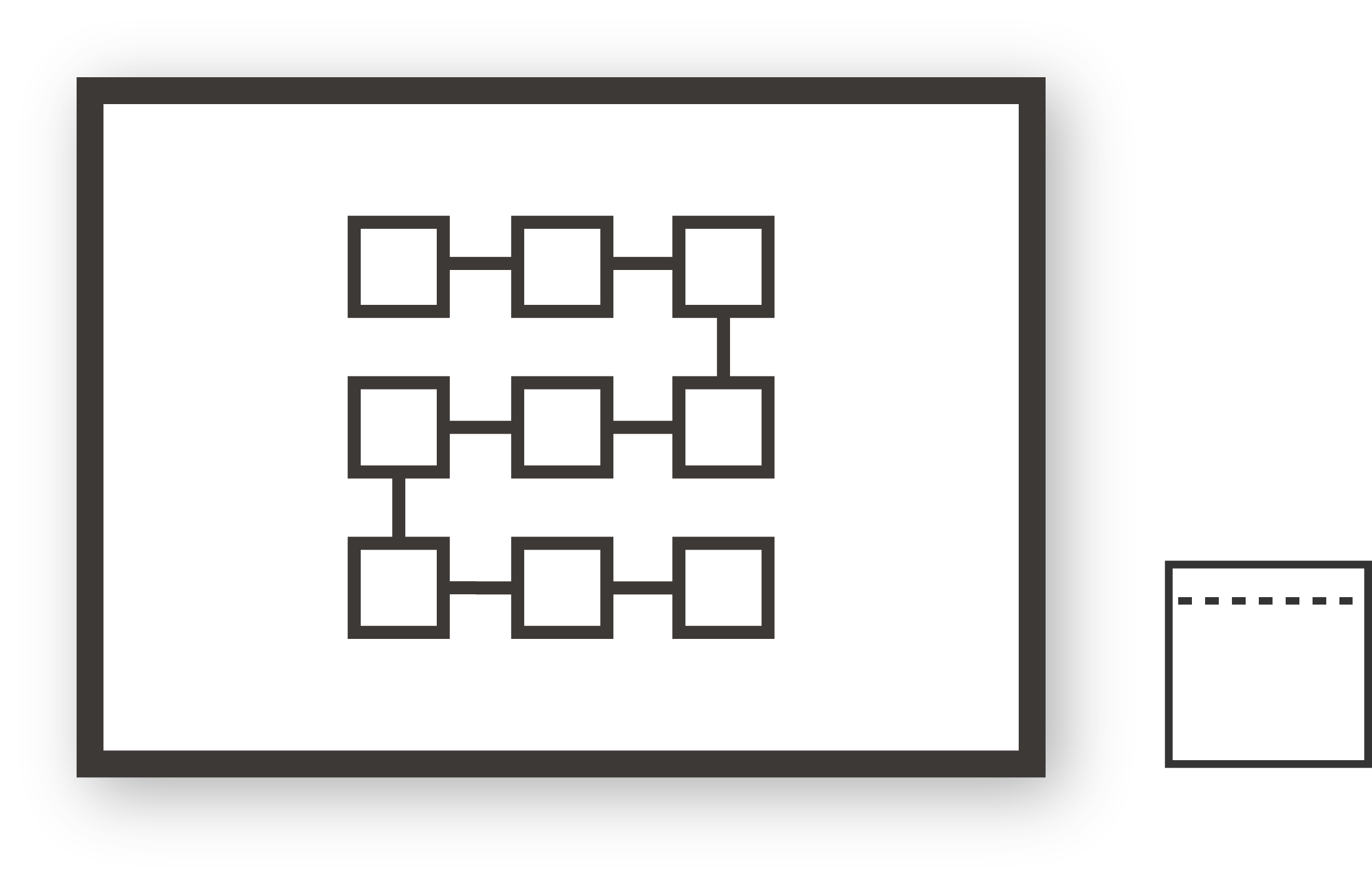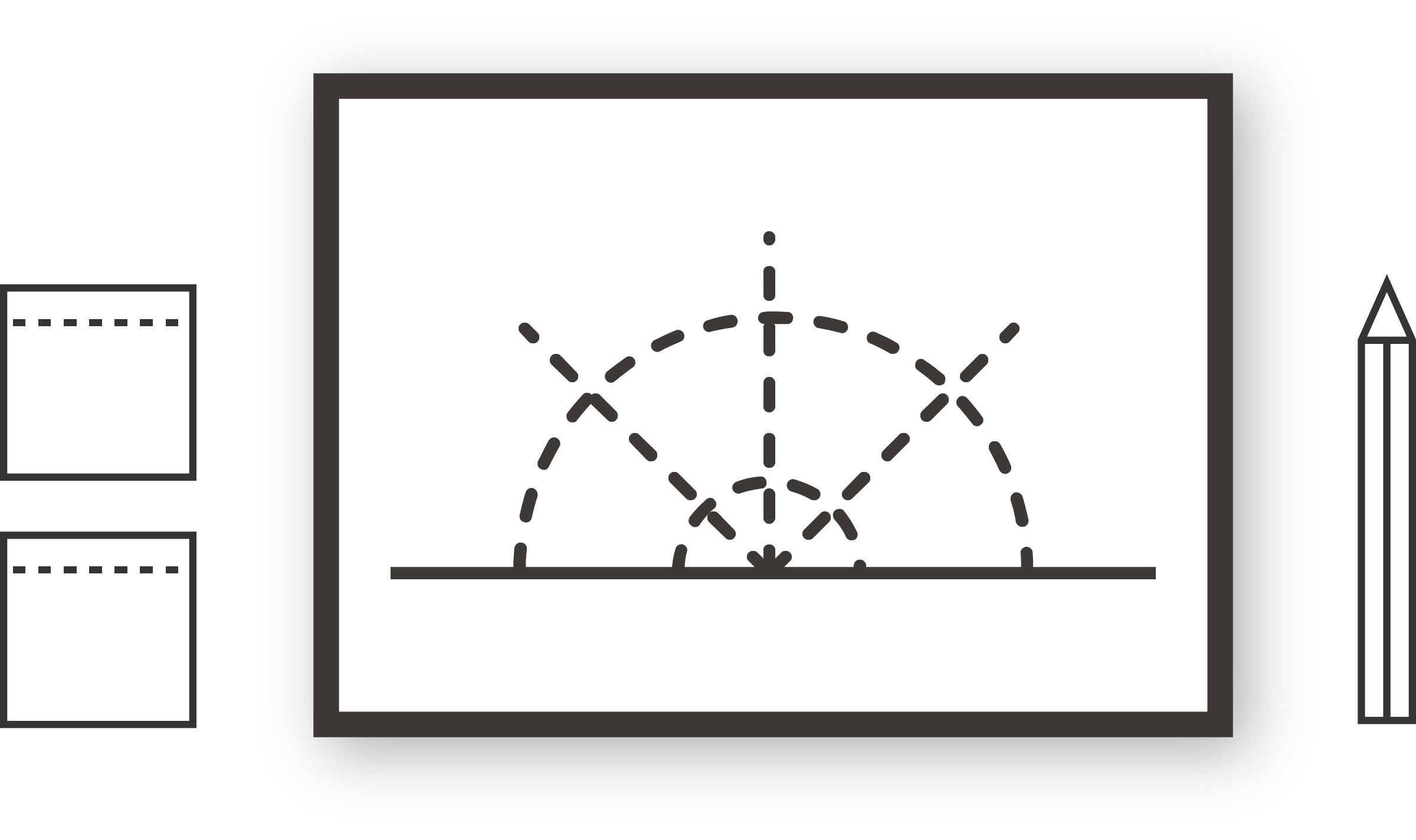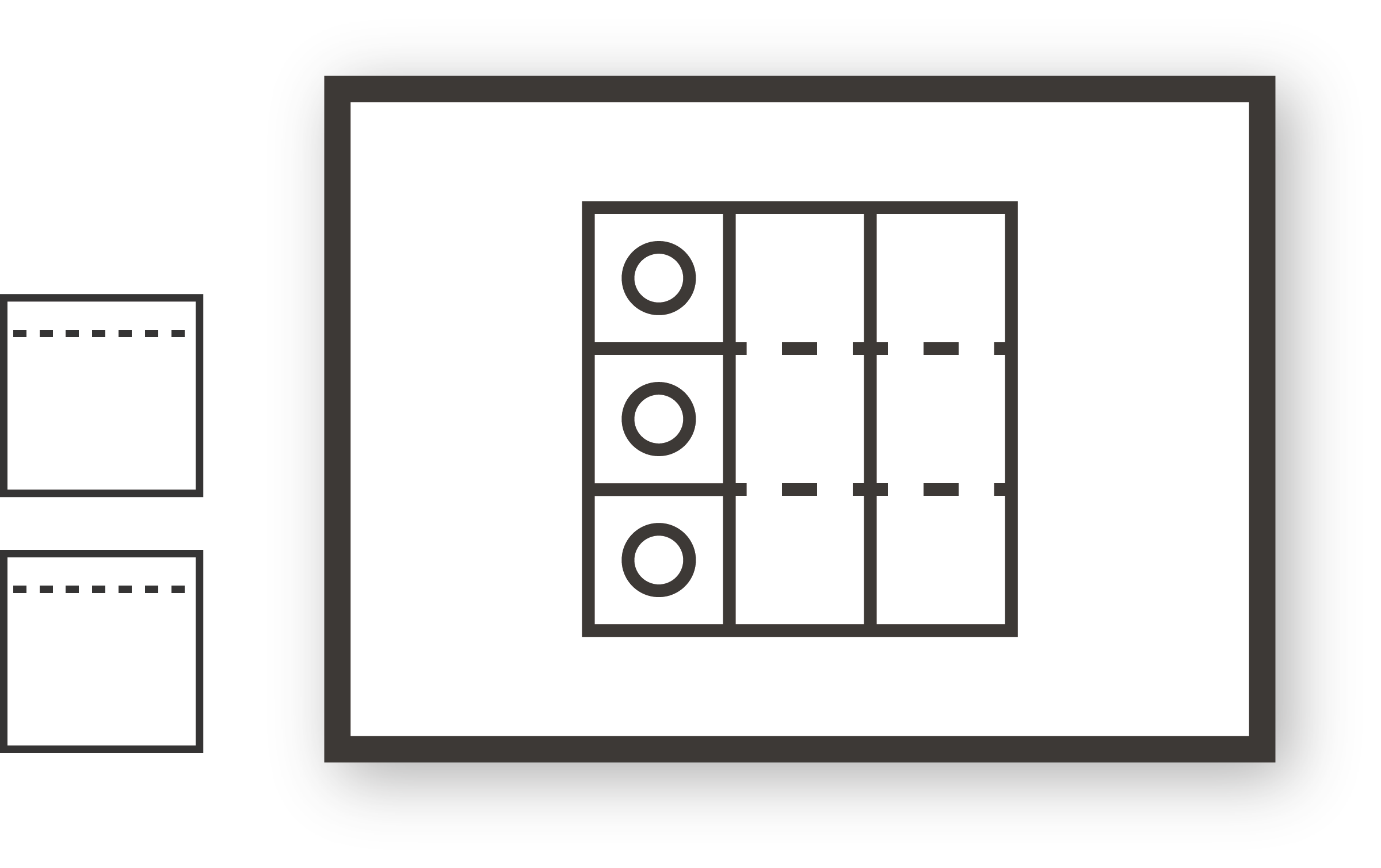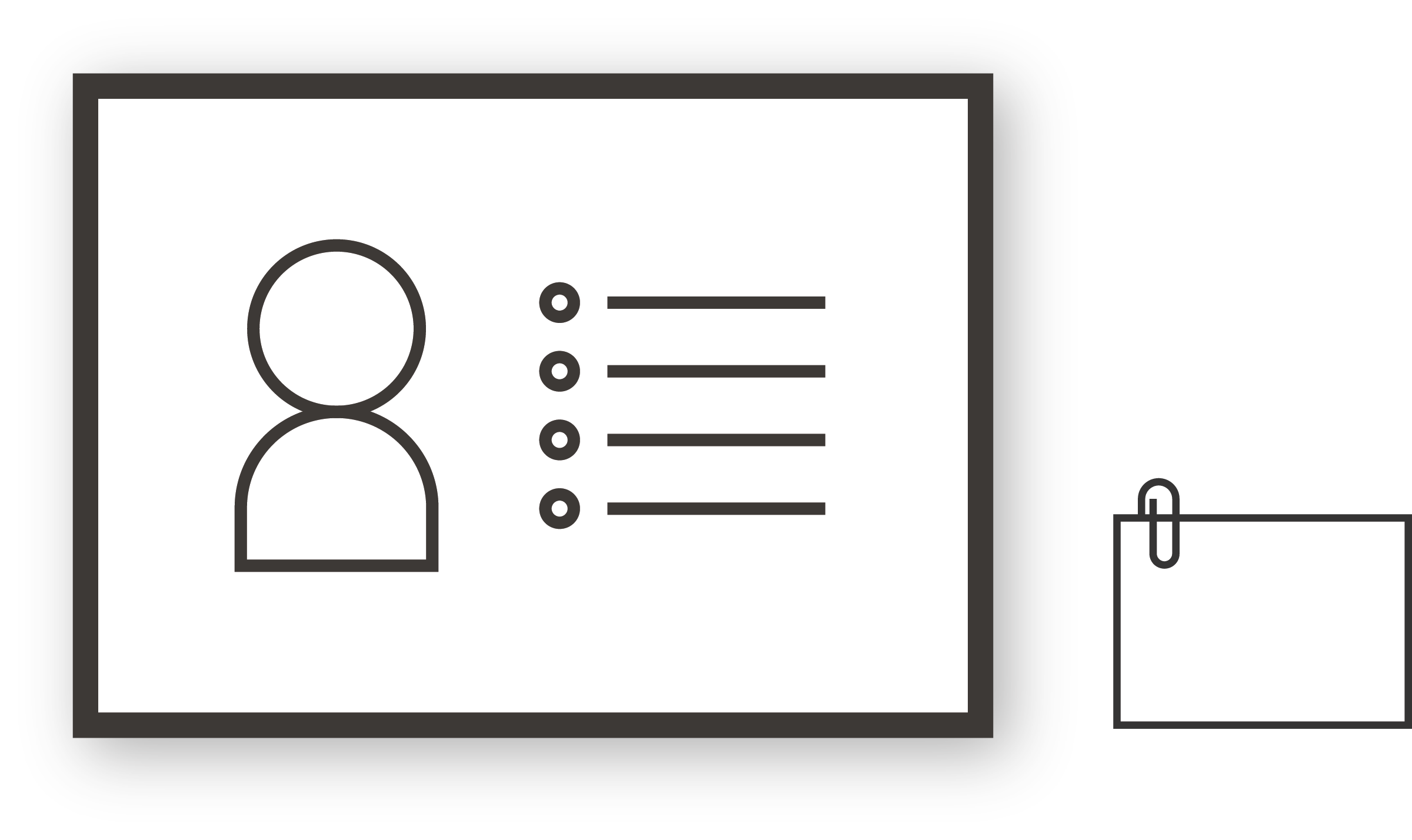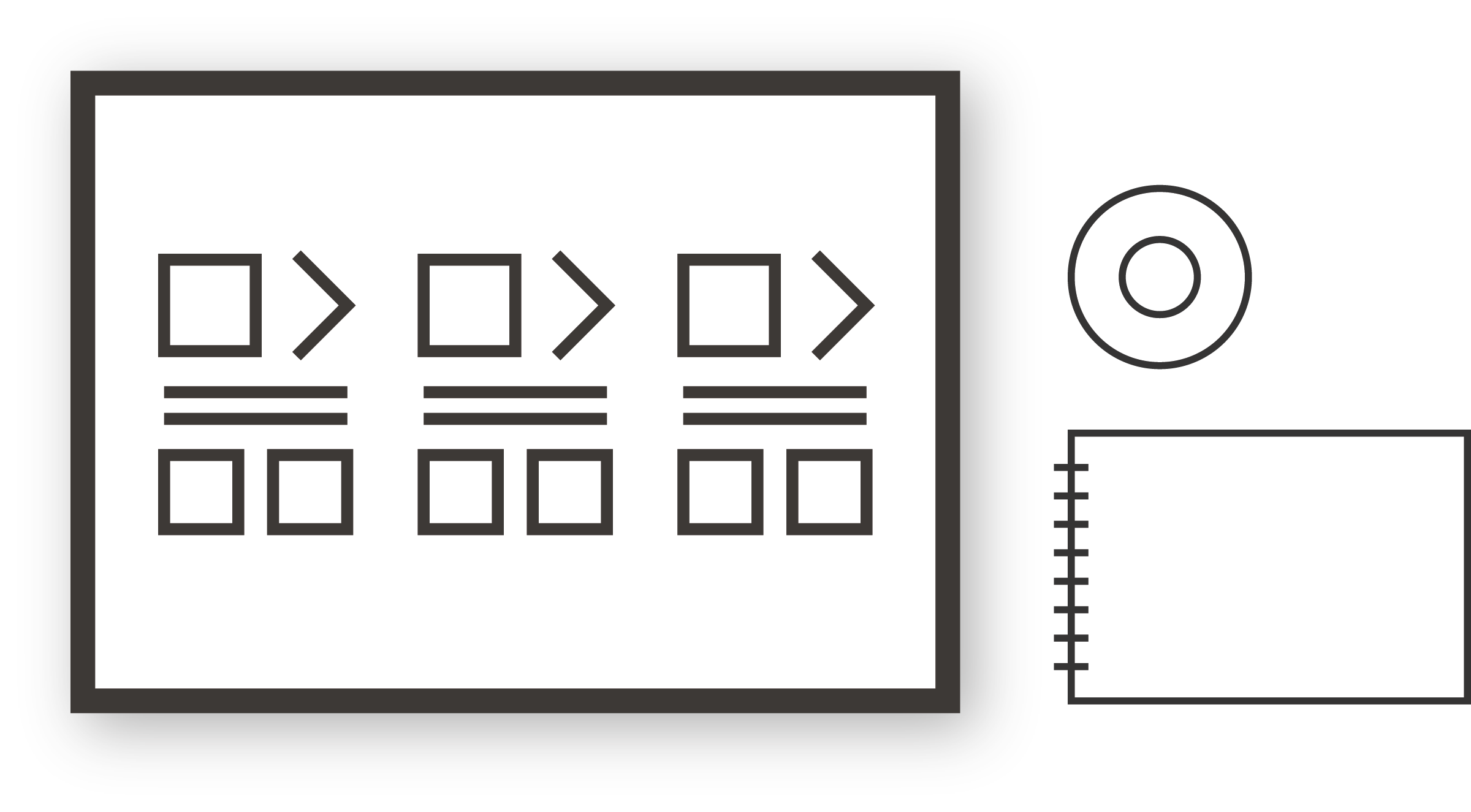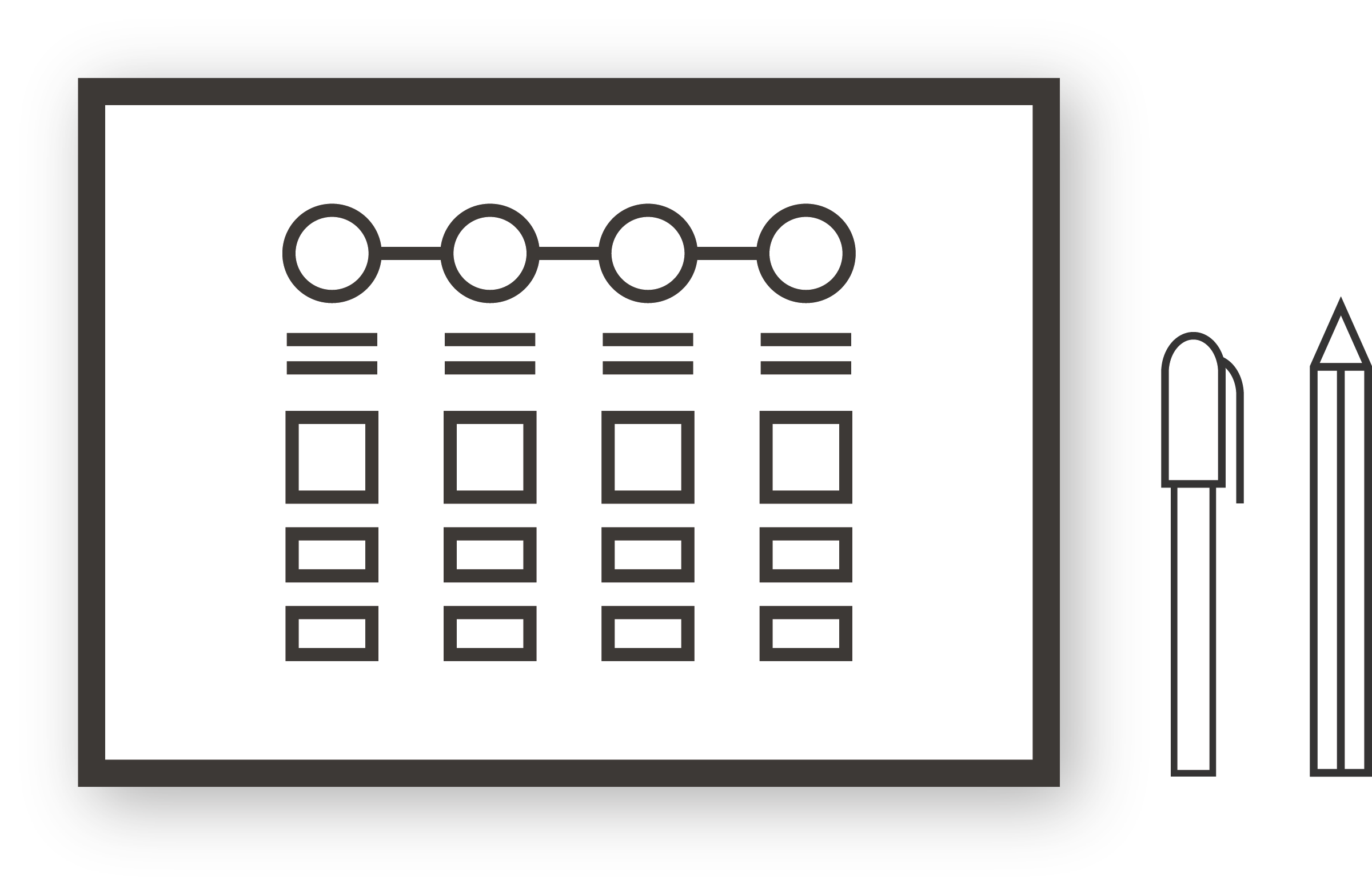TOOLKIT
The goal of the DRLab Toolkit is to spread the use of these design tools and related practices throughout the territory, going to facilitate the transfer of design knowledge.
The tools collected within the DRLab Toolkit have been reworked and designed to facilitate their use even by non-expert users, thus creating a collection of tools with easy reference and implementation.
It is the fruit of the laboratory's research activities that are aimed at:
- Select material from the literature in design research;
- optimize the same material in order to activate inclusive experiments at the territorial level;
- Analyze the empirical activities carried out by the DRLab team.
This selection of design tools that have been collected within the DRLAb Toolkit encapsulates the tools that most characterize Service Design as a design practice.
Each instrument consists of:
01. Introduction to the instrument
Each tool features an introduction that briefly describes the tool and reports a set of practical tips that facilitate its understanding and increase its effectiveness in use.
02. Downloadable template
For each tool it is possible to download a template that can be filled out independently according to the instructions provided in the same section. The templates have been optimized in order to increase the effectiveness of the tool even when used by inexperienced users.
03. Instructions
For proper compilation, each instrument is accompanied by instructions for its use. The points that determine the step-by-step compilation provide basic operational guidance.
04. Example of a model
Finally, each tool is presented through an example of filling out the same template provided. Each example was made for demonstration purposes and is not exhaustive of the design complexity of the individual cases given.
HOW TO READ THE INSTRUMENTS
Useful indications for understanding the tools in accordance with what emerged from the DRLab project experience.
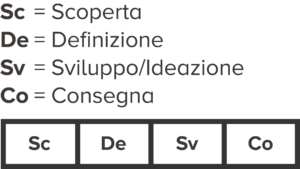
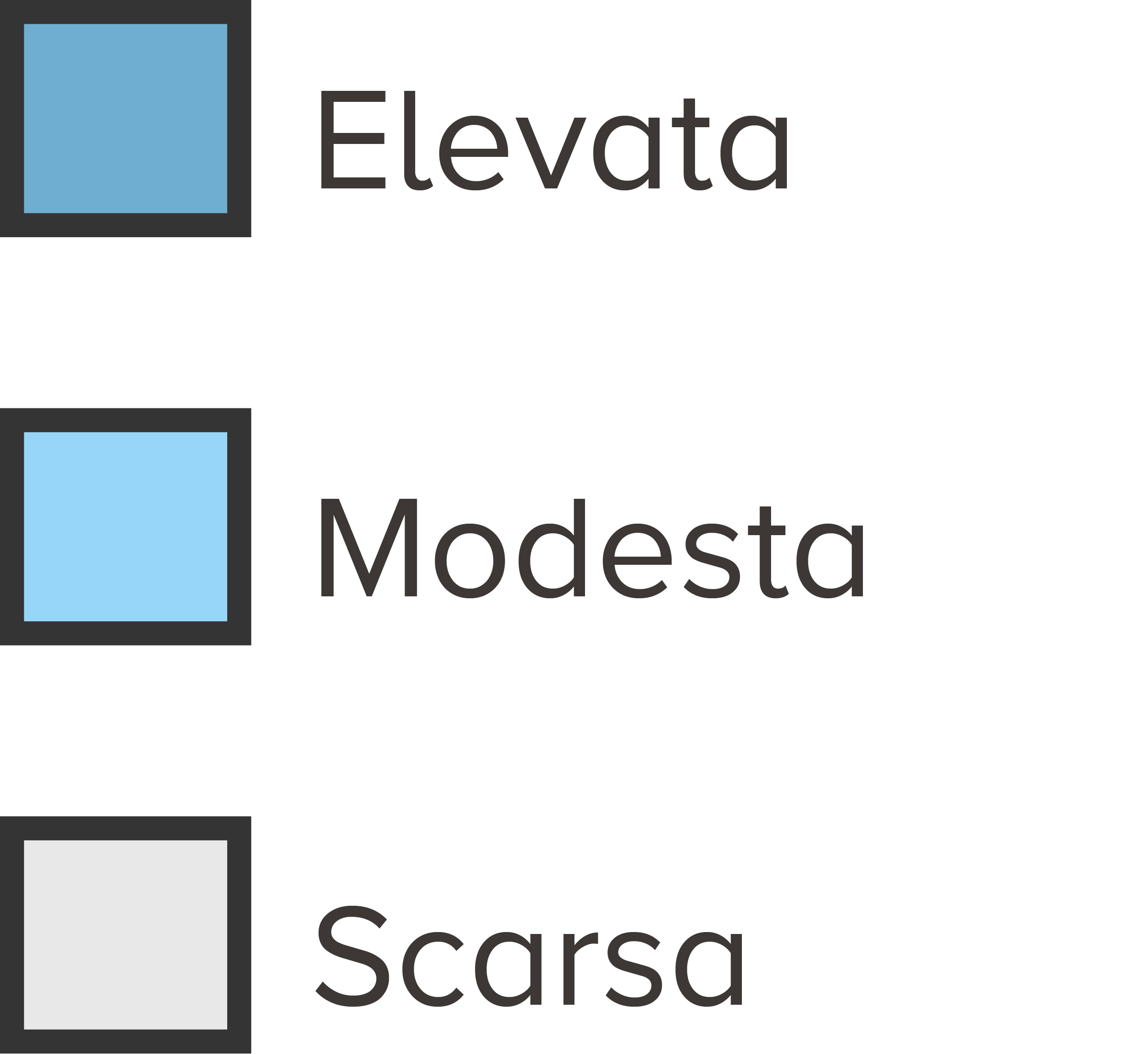


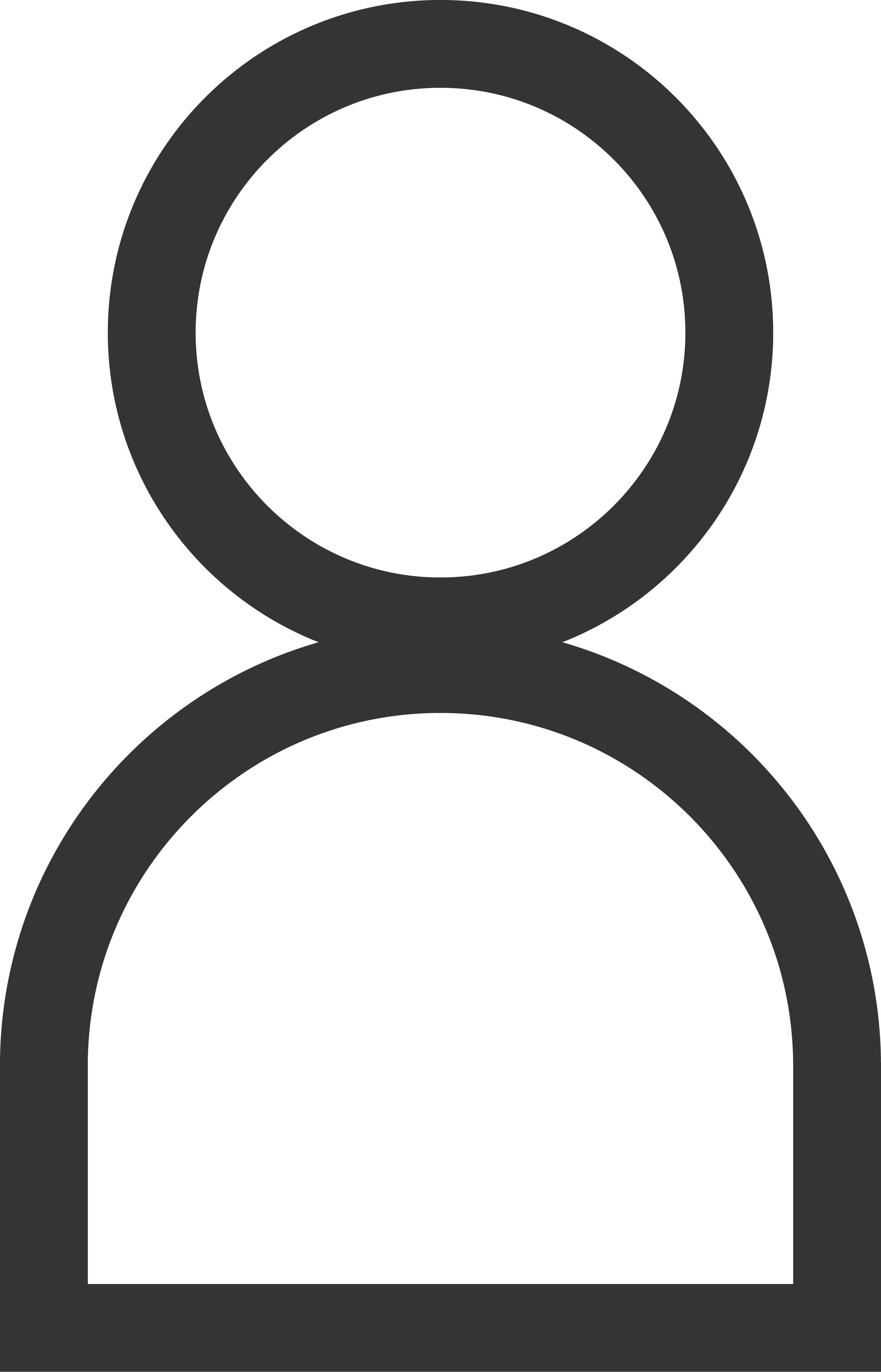
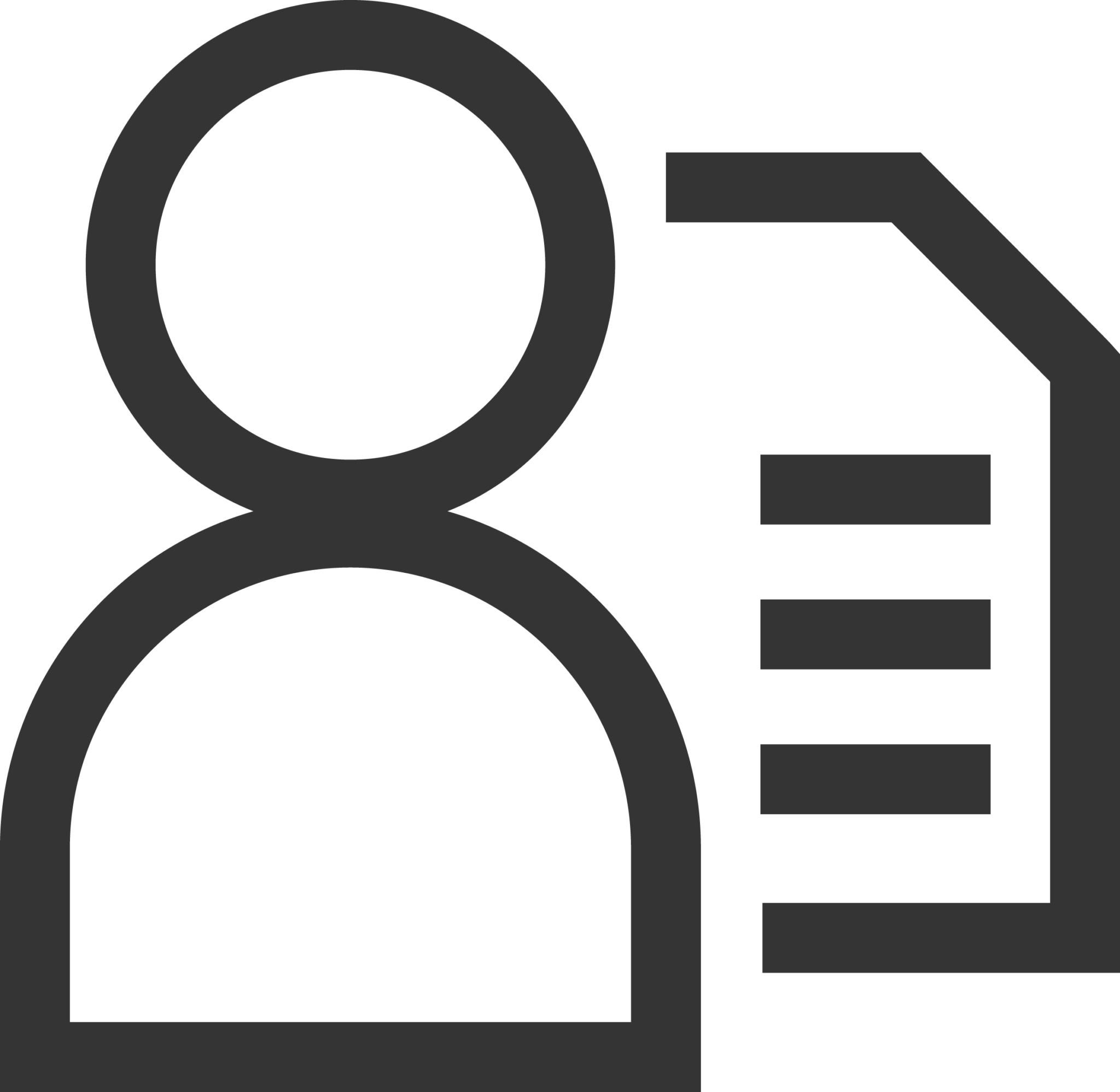
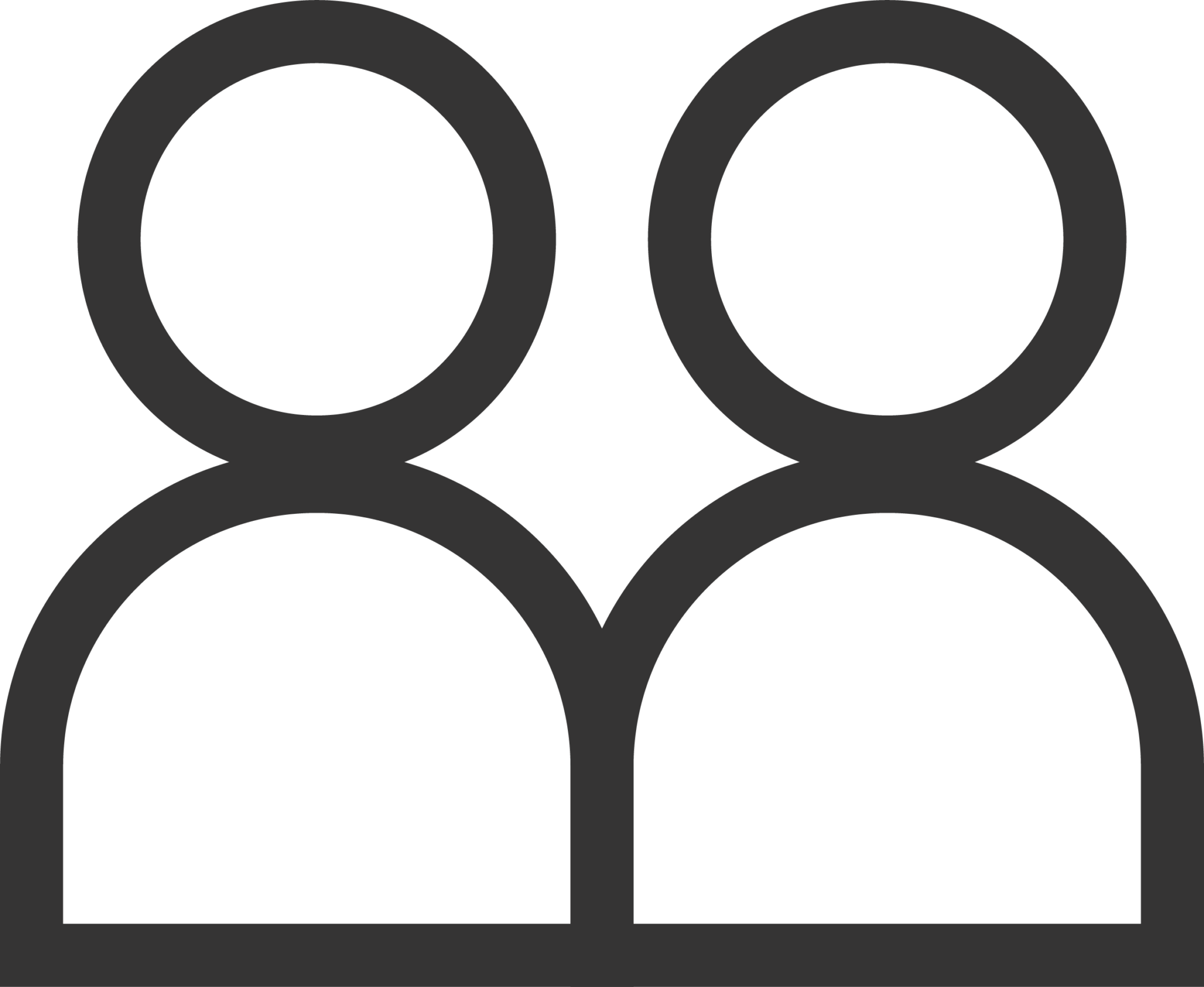

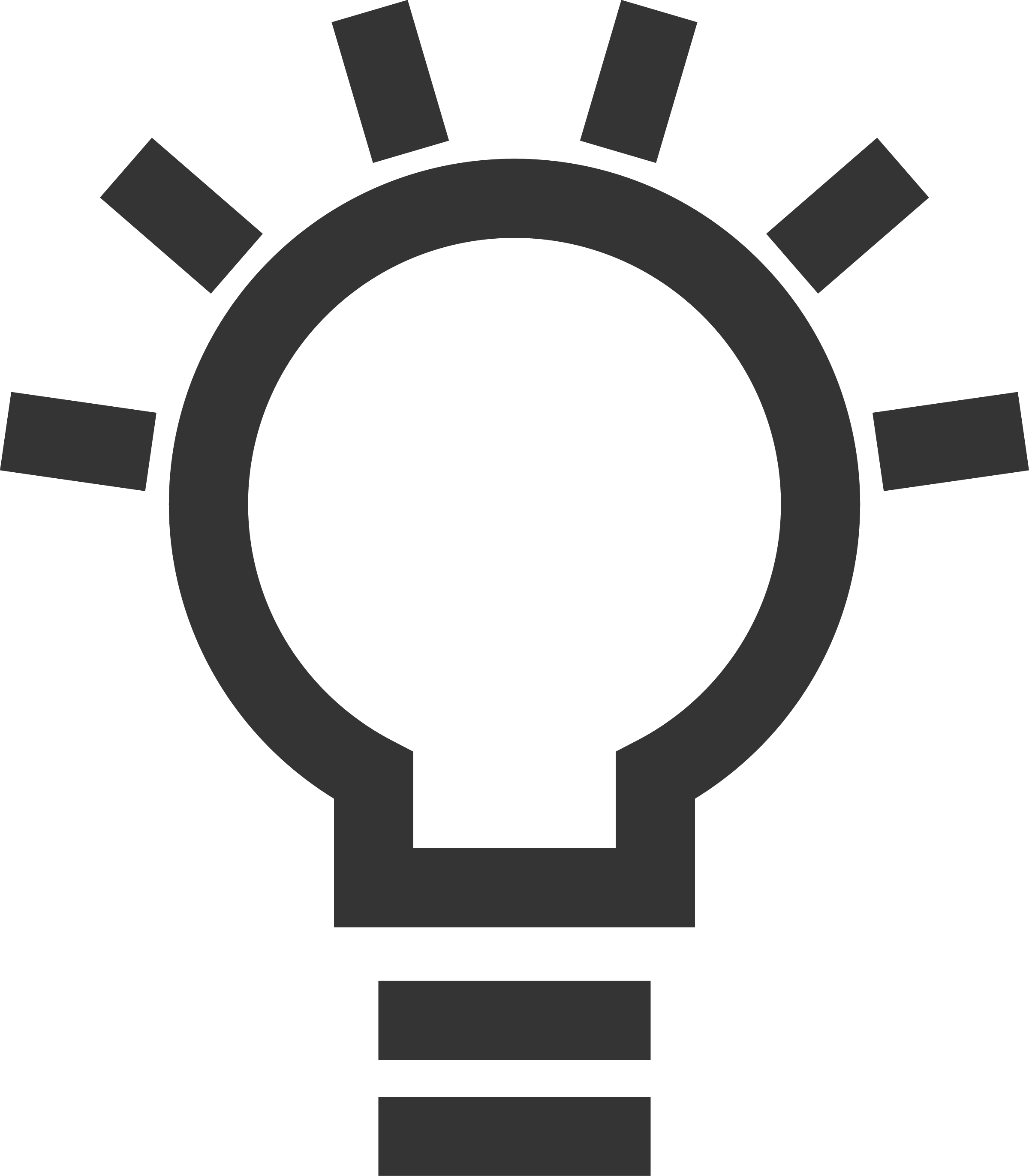

DESIGN TOOLS
DRLab selection of basic tools for collaborative project activities.
Back to:


